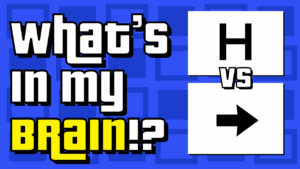Science

What’s In My Brain: Inventions vs Discovery
We’re looking at inventions vs discoveries.

What’s In My Brain: Paperclip vs Straw
We’re looking at magnetic vs. non-magnetic materials.

What’s In My Brain: Lion vs Bear
We’re looking at carnivores vs omnivores.

What’s In My Brain: Guinea Pig vs Potbelly
Let’s look at misnomers – things with the wrong name!

What’s In My Brain: Ball vs Book
Let’s look at Kinetic vs Potential Energy!

Concept Attainment: Conductors
Some of these examples are conductors and some are insulators!
Earth Science
Ecology

What’s In My Brain: Grass vs Mold
Students will be working with examples and non-examples to deduce the topic of TOPIC

What’s In My Brain: Coral vs Water Lilies
Let’s look at saltwater vs freshwater organisms.

What’s In My Brain: Tree vs Tree
Let’s look at deciduous vs coniferous trees.

Concept Attainment: Walnut vs Clouds
Let’s look at living vs non-living things.

Concept Attainment: Hornet vs Tiger
Can your class spot the vertebrates vs invertebrates?

What’s In My Brain: Owl vs Eagle
Some of these animals are nocturnal and some are diurnal.


















